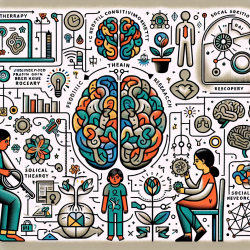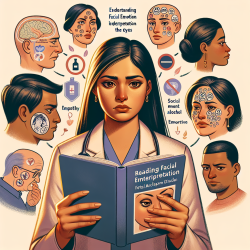Introduction
In the world of education, particularly in special education, the need for innovative approaches to improve learning outcomes is ever-present. As educators and therapists, we are constantly seeking ways to enhance our skills and provide better support to our students. One such area of innovation lies in the realm of coherent control schemes, as explored in the recent research on the photoionization of neon and helium in the Extreme Ultraviolet (XUV) spectral region.
Understanding Coherent Control
Coherent control involves the use of light to manipulate the quantum states of atoms and molecules. The research article titled "Coherent control schemes for the photoionization of neon and helium in the Extreme Ultraviolet spectral region" presents groundbreaking experiments using the FERMI Free-Electron Laser (FEL) to achieve this control. The study demonstrates how bichromatic illumination and precise phase control can influence the photoionization process.
Implications for Educational Practice
While the research is rooted in physics, its implications for educational practice, particularly in online therapy and special education, are profound. Here are some ways practitioners can leverage the insights from this study:
- Enhancing Focus and Attention: Just as coherent control can direct atomic interactions, educators can use targeted interventions to enhance students' focus and attention during online sessions.
- Customizing Learning Experiences: The precision of phase control in the research can inspire personalized learning plans that cater to the unique needs of each student, optimizing their learning potential.
- Encouraging Further Research: Educators and therapists are encouraged to delve deeper into the principles of coherent control, exploring how these concepts can be adapted to improve therapeutic techniques and educational outcomes.
Overcoming Challenges
Implementing new strategies often comes with challenges. The research acknowledges the difficulty in achieving quantitative descriptions of phenomena due to current theoretical and computational limitations. Similarly, educators may face challenges in applying complex scientific principles to educational settings. However, with perseverance and collaboration, these hurdles can be overcome.
Conclusion
The research on coherent control schemes offers a wealth of knowledge that can be translated into educational innovations. By embracing these insights, educators and therapists can enhance their practice, ultimately leading to better outcomes for students. As we continue to explore the intersections of science and education, the possibilities for growth and improvement are limitless.
To read the original research paper, please follow this link: Coherent control schemes for the photoionization of neon and helium in the Extreme Ultraviolet spectral region.










